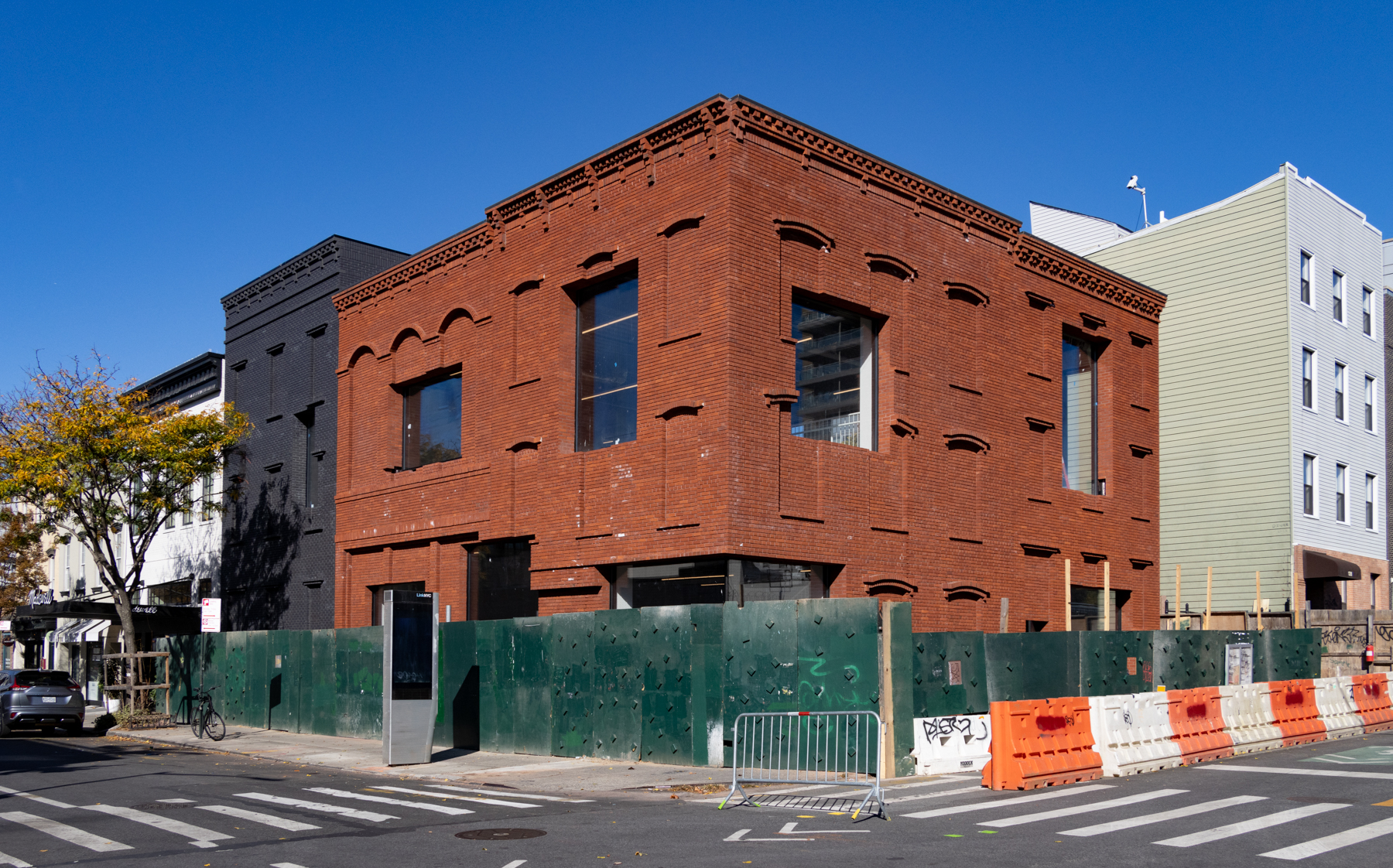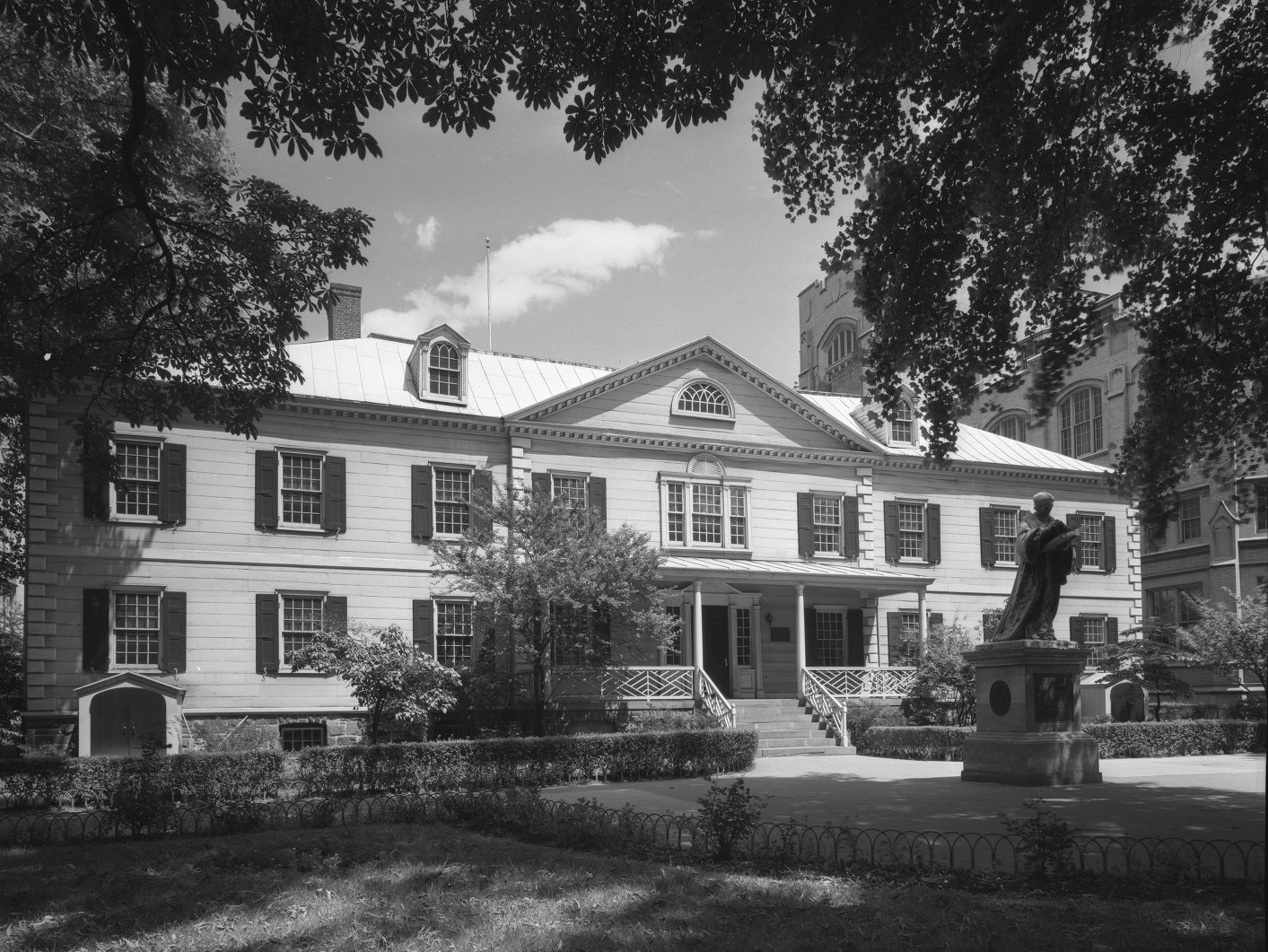Building of the Day: 423 Fulton Street
(Photo:Municipal Arts Society) Brooklyn, one building at a time. Name: Retail/Office building Address: 423 Fulton Street Cross Streets: Corner of Pearl, facing both Fulton and Willoughby Neighborhood: Downtown Brooklyn Year Built: 1931 Architectural Style: Art Deco Architect: George and Edward Blum Other Works by Architect: Hotel Theresa, Harlem; Apartments in both Art Nouveau and Art…


(Photo:Municipal Arts Society)
Brooklyn, one building at a time.
Name: Retail/Office building
Address: 423 Fulton Street
Cross Streets: Corner of Pearl, facing both Fulton and Willoughby
Neighborhood: Downtown Brooklyn
Year Built: 1931
Architectural Style: Art Deco
Architect: George and Edward Blum
Other Works by Architect: Hotel Theresa, Harlem; Apartments in both Art Nouveau and Art Deco styles in Gramercy Park area, UES, UWS, Office buildings, Manhattan.
Landmarked: No, but part of a MAS study for a proposed Downtown HD
The story: The varied architecture of Downtown Brooklyn reflects the one hundred and sixty-plus years of development in Brooklyn’s center of government, commerce and culture. There is something for everyone, from the simplicity of the transplanted early homes on Bridge Street, to the cutting edge modern apartment buildings rising over our streets. While some of the best buildings are from the late 19th and early 20th centuries, there are also some excellent Art Deco examples to be found, and this building is one of them.
It was built in 1931, during the Depression, when buildings everywhere were being postponed, or scaled back. Smaller projects were still going through, and it was during this period that many of the small Art Deco commercial buildings that line many of Brooklyn’s main commercial corridors were built. We still find them along Flatbush, Fulton, Nostrand, Broadway, 5th Avenue, Church – the list goes on and on.
This one was designed by the Blum brothers. George and Edward Blum were of French Jewish ancestry, George was born in New York in 1870, and Edward was born in Paris in 1876. They grew up in France before the family moved to the US in 1888. Both attended the prestigious L’ecole des Beaux-Arts in Paris after Edward received his degree from Columbia. Like many of their contemporaries who are now household names in architecture, the Blum brothers graduated with a superior understanding of Classical form and ornament. They were also very conversant in the other forms of architecture in Europe at the time, and were able to bring to their American clients a fresh understanding of Art Nouveau and other trends on the Continent.
In 1909, they began their long and successful partnership, specializing in apartment buildings, hotels, and commercial buildings, with over 120 apartment buildings to their credit. The famous Hotel Theresa in Harlem was designed by them, as were the many apartment buildings scattered across the Gramercy Park area, and the Upper East and West Sides, including the Dallieu, on 101st and West End Ave. They were well known for their use of polychrome terra-cotta ornament on almost all of their buildings; a subtle mix of shapes and colors interspersed with intricate brickwork.
Their Art Deco work followed that formula, with some fine work at 235 E. 22nd St. and 210 E. 68th St. as detailed by Christopher Gray in this Streetscape article. Here in Brooklyn, this retail and office building follows their design formula, a relatively simple brick building, with stylized Art Deco motifs in terra-cotta. Because the building spans the block, all three sides are equally embellished in a very distinctive Pre-Columbian kind of Deco ornament. The years have dulled the colors and the details, but they are still there.
This is one of the few buildings on Fulton Street that is in complete use, not just the ground floor. After completion, it was marketed as a “NEW MODERN BUILDING in the heart of Brooklyn’s shopping district.” For many years, beginning in the mid-1930s, it was the Brooklyn headquarters of the New York Times. Their printing plant, also an Art Deco building, was not all that far away, on Third Avenue. Edward Blum, who lost his sight in 1930, was the designer of the firm. This may have been one of his last designs. Not as elegant and large as most of their work, but an important piece of Downtown Brooklyn’s architecture, adding to the rich history of the people who built our city. GMAP











What's Your Take? Leave a Comment